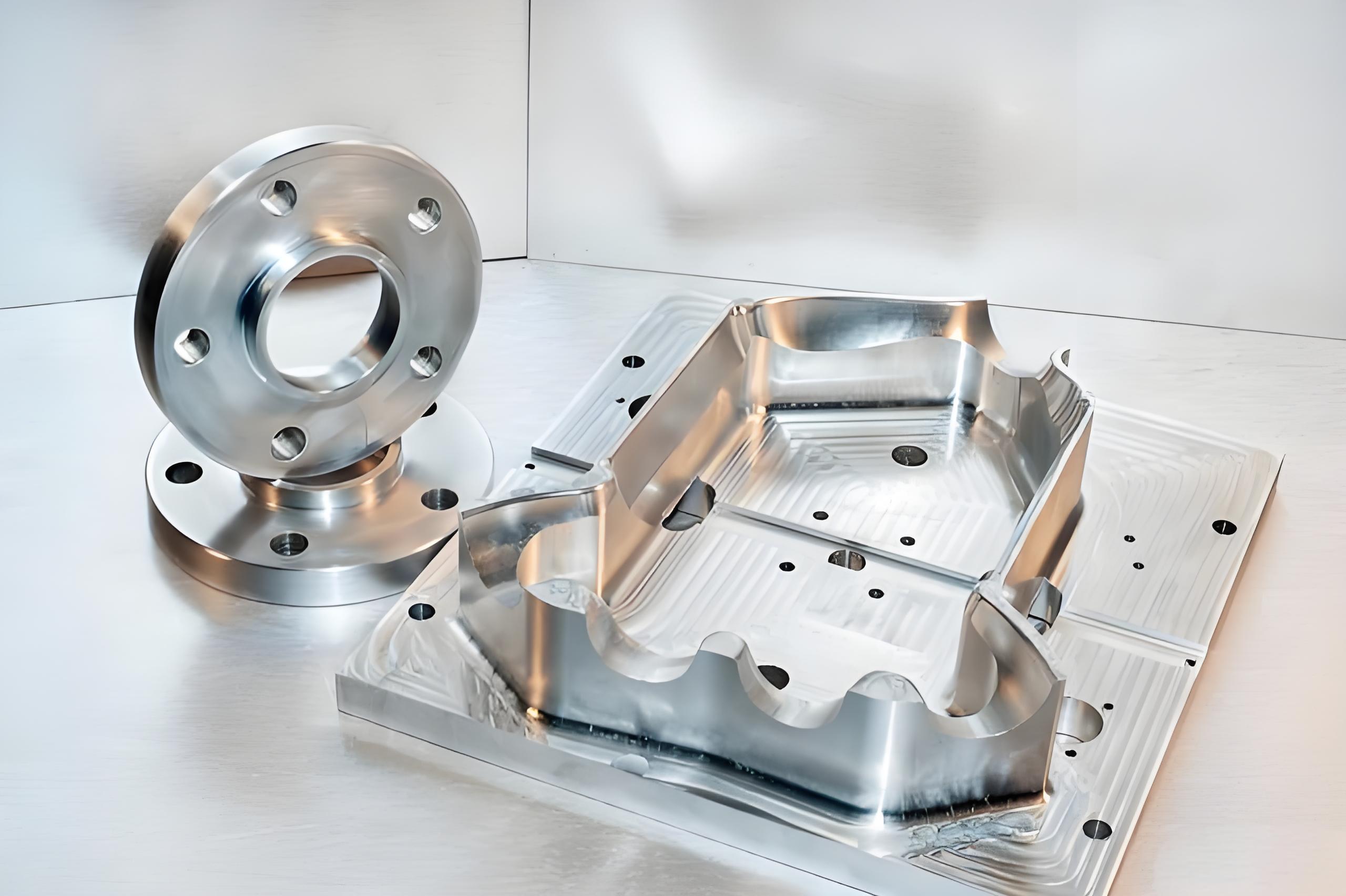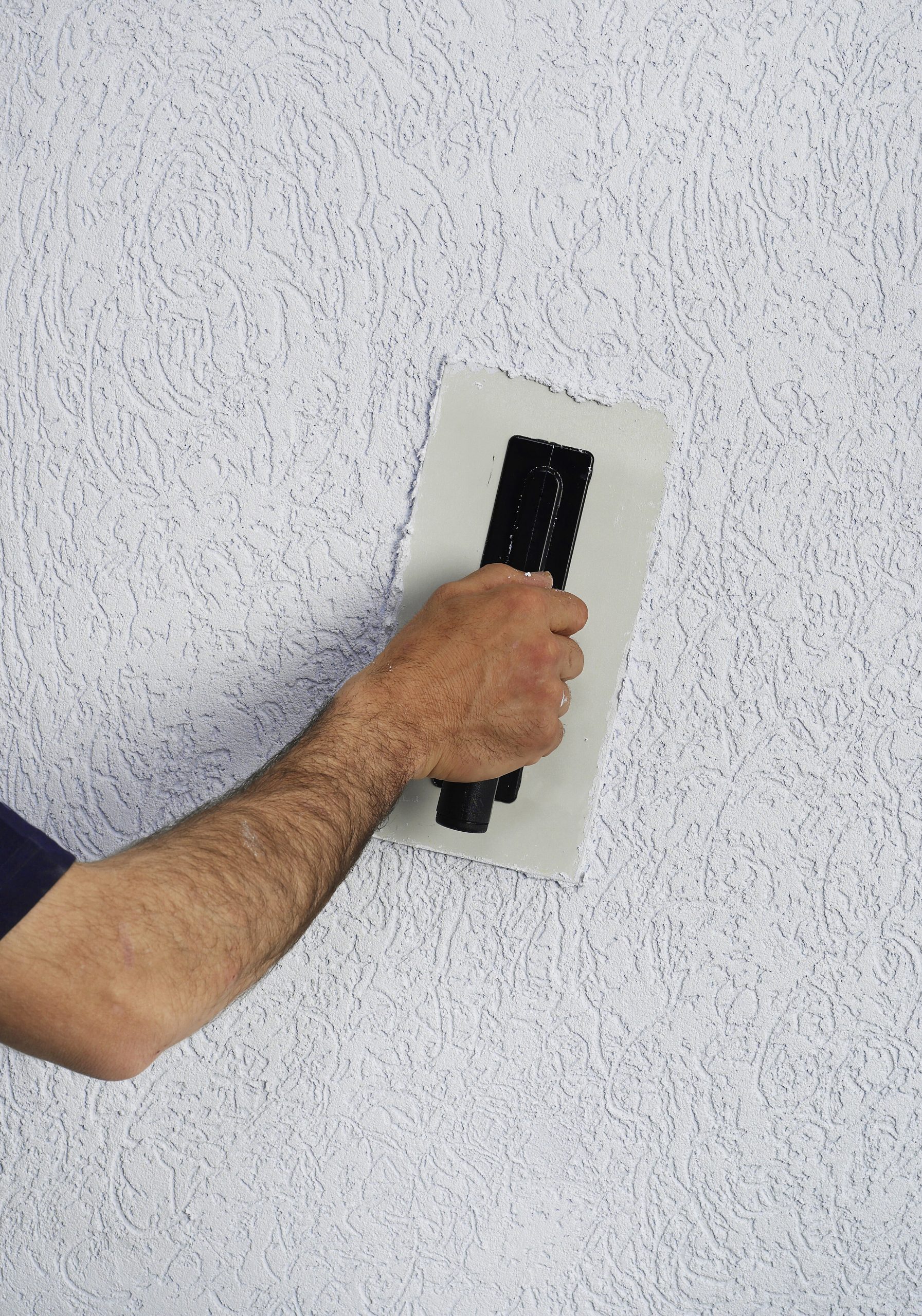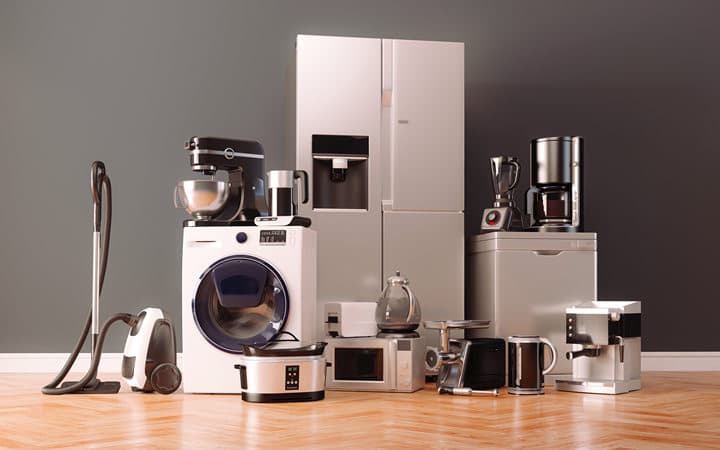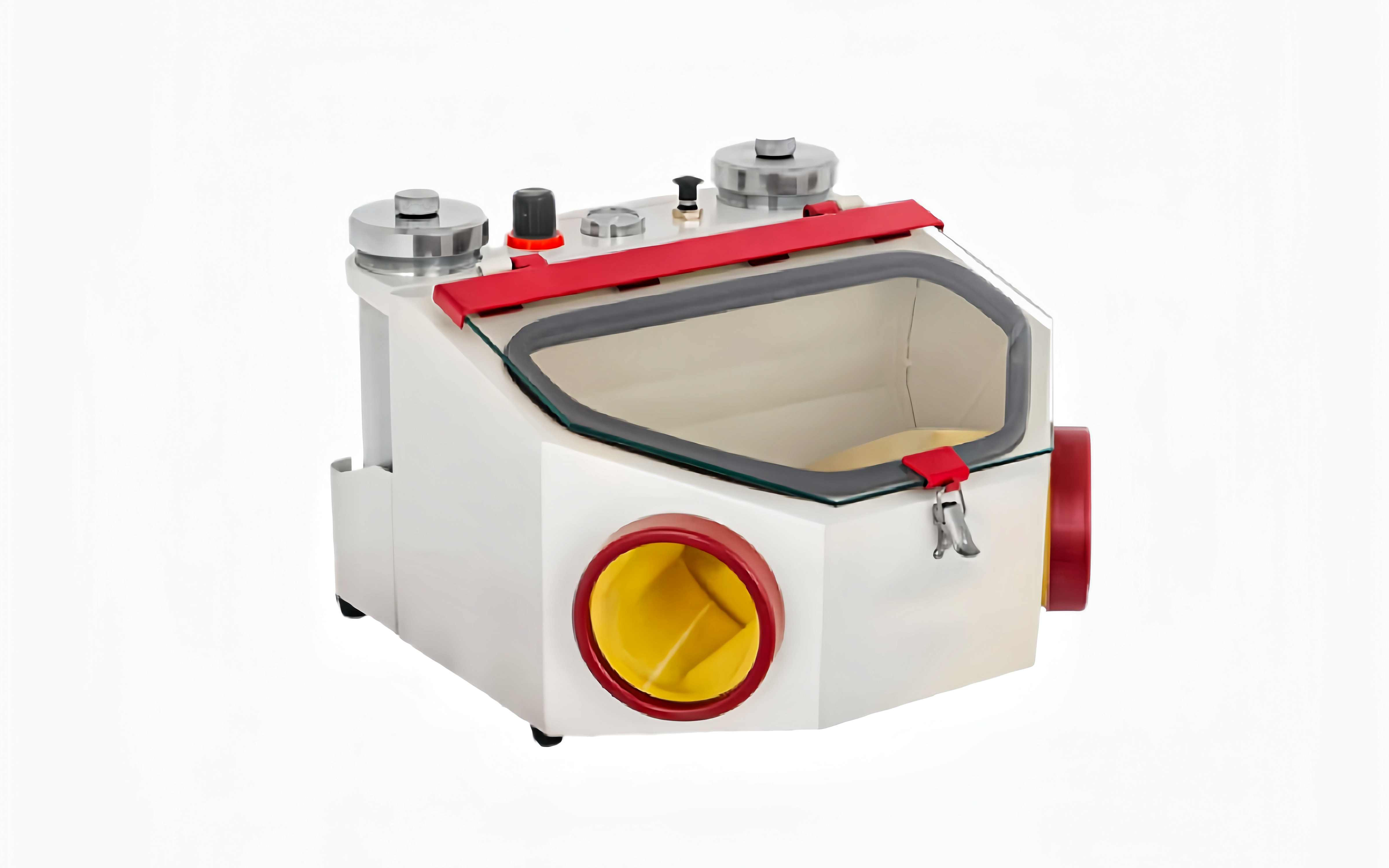Is Sandblasting Banned Due to Health Hazards? Truth & Overview
September 30, 2024
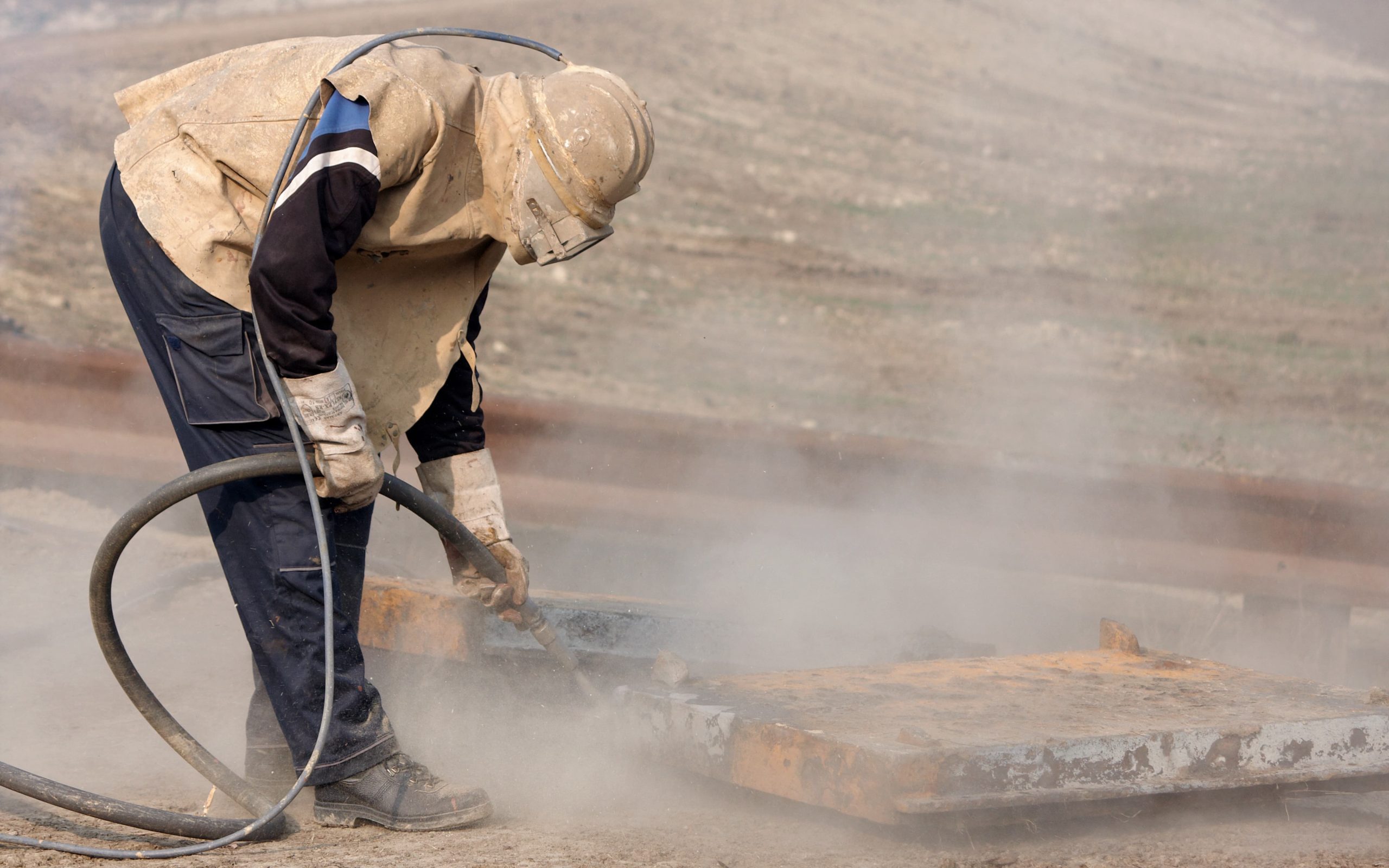
Sandblasting, as an important surface treatment technology, has been widely used in modern industrial manufacturing. However, in recent years, there has been an increasing discussion about its health hazards, and some even believe it should be banned. This view arises from the dust generated during sandblasting and its impact on the human body, especially when improper protection is used. But the reality is that sandblasting is not banned; instead, many health risks have been effectively controlled through modern safety equipment and protective measures.
Wide Application of Sandblasting
- Importance in Manufacturing
Sandblasting is essential in manufacturing. It provides efficient and economical solutions for large-scale production in various aspects such as the surface treatment of metal parts, the cleaning of automotive parts, and the fine processing of electronic components. The principle of sandblasting involves using high-speed airflow to impact medium particles (like sand, ceramics, metals, plastics, etc.) onto the material surface, thereby removing rust, burrs, oxides, or other impurities and even changing the surface roughness to meet specific functional requirements.
For example, in the aviation industry, sandblasting is widely used to clean aircraft parts, ensuring their surface finish meets safety standards. In the shipbuilding industry, it is used to clean the hull, remove organisms and rust attached to the ocean, and guarantee the hull’s durability and performance. The manufacturing industry highly depends on sandblasting, and its process flexibility and efficiency make it an important part of various industrial production processes. - Personalized Use: Sandblasting Applications in Art and DIY
Besides the industrial field, sandblasting has gradually become a popular processing method in personal handicraft production and DIY projects. Many artists and craft makers use this technology to process materials such as glass, metal, and wood to create works with unique personality and artistic value. For instance, glass engraving artists often use sandblasting to carve glass products, forming exquisite patterns and textures. In the production of handmade metal objects, sandblasting is also widely used for surface grinding and polishing.
For individual users, sandblasting equipment is usually small and easy to operate, and the sandblasting media is also safer, like plastic particles, enabling even non-professional users to easily get started. However, when using sandblasting equipment, individual users must pay sufficient attention to protective measures to avoid health risks caused by long-term exposure to dust.
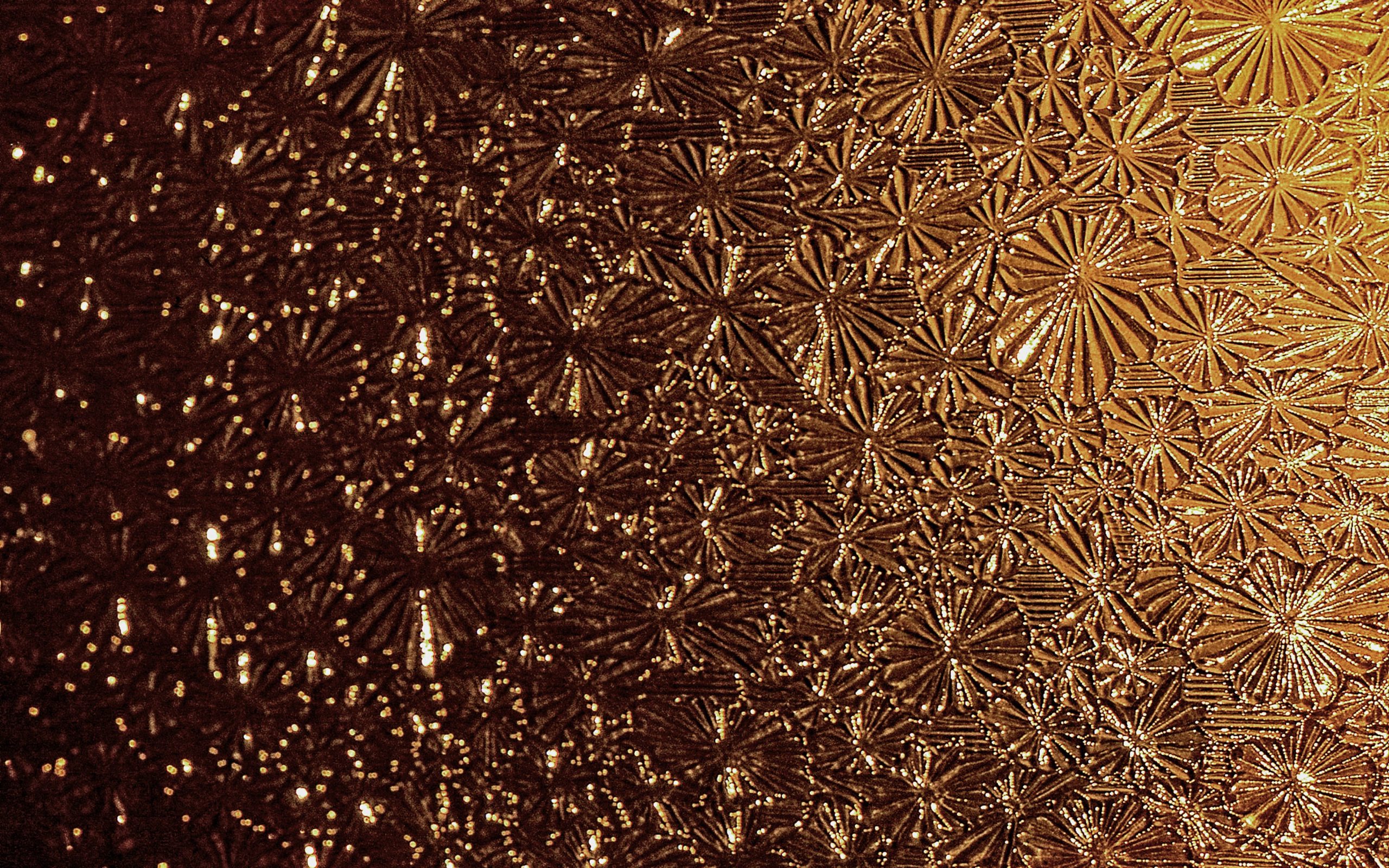
Glass Pattern
The Role of Different Sandblasting Media
There are numerous types of media used in sandblasting, and each has different application scenarios and effects. Metal media such as steel shot are suitable for rust removal and surface strengthening in heavy industries. Plastic media are often used for precision machining with high requirements on the material surface. Ceramic particles are widely used in high-tech industries such as aerospace and medical devices due to their good durability and uniform grinding effects, especially for workpieces that require high surface quality. Choosing the right media can significantly improve the sandblasting process efficiency and reduce damage to the material. Thus, sandblasting is not only a technology but also an art, requiring the selection of appropriate process parameters and media according to specific application requirements to achieve the best results.
Relationship between Sandblasting and Health Risks
- Impact of Dust and Particulate Matter
During the sandblasting process, the media particles hit the workpiece surface at high speed, generating a large amount of fine dust. Especially when silica sand is used as the sandblasting medium, silica particles pose a threat to the respiratory health of workers. Once these fine particles enter the lungs, they can cause serious occupational diseases such as silicosis. Historically, many sandblasting workers have suffered from respiratory diseases due to long-term exposure to unprotected environments, which has raised public concern about the health risks of sandblasting.
However, not all sandblasting operations have uncontrollable health hazards. Modern sandblasting processes have gradually eliminated high-risk silica sand and replaced it with safer media such as plastics, ceramics, and metals. Additionally, many factories are equipped with complete protective equipment, like air filtration systems and fully enclosed sandblasting rooms, which significantly reduce dust leakage and ensure a healthy working environment for workers. - Historical Concerns and Regulation
In the early days of the Industrial Revolution, the use of sandblasting was not strictly regulated, and many workers were exposed to dust for a long time, resulting in health problems. In the 1960s, researchers began to realize the harm of silica dust to workers during sandblasting, and a series of health regulations were introduced. These regulations require that sandblasting operations must be carried out in an environment with strict protective measures, and workers must wear appropriate protective equipment, such as masks and respirators.
In many countries, occupational health and safety management agencies (such as OSHA in the United States) have strict regulations on sandblasting, prohibiting the use of sandblasting media containing high-risk dust without protective equipment. At the same time, companies must also conduct regular health checks for workers to ensure they are not harmed by the working environment. These measures have greatly reduced the health risks of sandblasting.
Improvements in Modern Sandblasting Technology
Today, the safety of sandblasting has been significantly improved. Many sandblasting equipment manufacturers continue to improve their equipment and introduce technologies such as dust-free sandblasting and wet sandblasting to further reduce the generation and leakage of dust. Wet sandblasting uses water or other liquid media to mix with sandblasting particles, suppressing the flying of dust while grinding the material. This process is particularly suitable for working environments with high health requirements.
In addition, some factories have introduced robotic automated sandblasting systems to completely avoid the risks of manual direct operation of sandblasting equipment. Through automated equipment, workpieces can be processed in a closed environment, and workers only need to monitor the operation of the equipment, greatly reducing the chance of contact with dust. These improvements show that modern sandblasting processes have been able to effectively control health risks and make them safer.
Health Protection Measures for Sandblasting Processes
- Safety Equipment
In modern sandblasting processes, health protection measures mainly rely on the use of safety equipment. These include high-efficiency filter masks, closed sandblasting rooms, protective gloves, protective clothing, etc. These devices can effectively block the inhalation of fine dust and prevent workers from being harmed by particulate matter at work. For example, a sandblasting mask with an air filtration function can provide workers with a steady stream of clean air to ensure breathing safety.
In addition, the ventilation system in the sandblasting room can discharge the generated dust in a time-limited manner and cooperate with high-efficiency filters to ensure that the air quality in the workshop meets the standards. In some high-risk working environments, the dust generated by sandblasting can even be directly recovered through vacuum sandblasting technology to further reduce dust diffusion. - Standardized Operating Procedures
In addition to protective equipment, standardized operating procedures are also key to reducing health risks. In sandblasting operations, workers need to receive professional training to understand how to use the equipment correctly and how to adjust the sandblasting parameters to reduce dust generation. Operators should also learn to clean the equipment in time, keep the workplace clean, and avoid dust accumulation in the air.
It is also necessary to regularly check the wear of the sandblasting media. Aged or broken sandblasting media will produce more fine dust and increase health risks. Companies should regularly replace sandblasting media to ensure they are in the best working condition. - Regular Inspections and Health Assessments
In order to ensure the long-term health of sandblasting workers, companies should regularly arrange for employees to undergo health examinations, especially lung health assessments. Through regular inspections, potential health problems can be detected early and intervention measures can be taken in time. In addition, air quality testing of the working environment should also be carried out regularly to ensure that the dust concentration in the sandblasting workshop meets the standards.
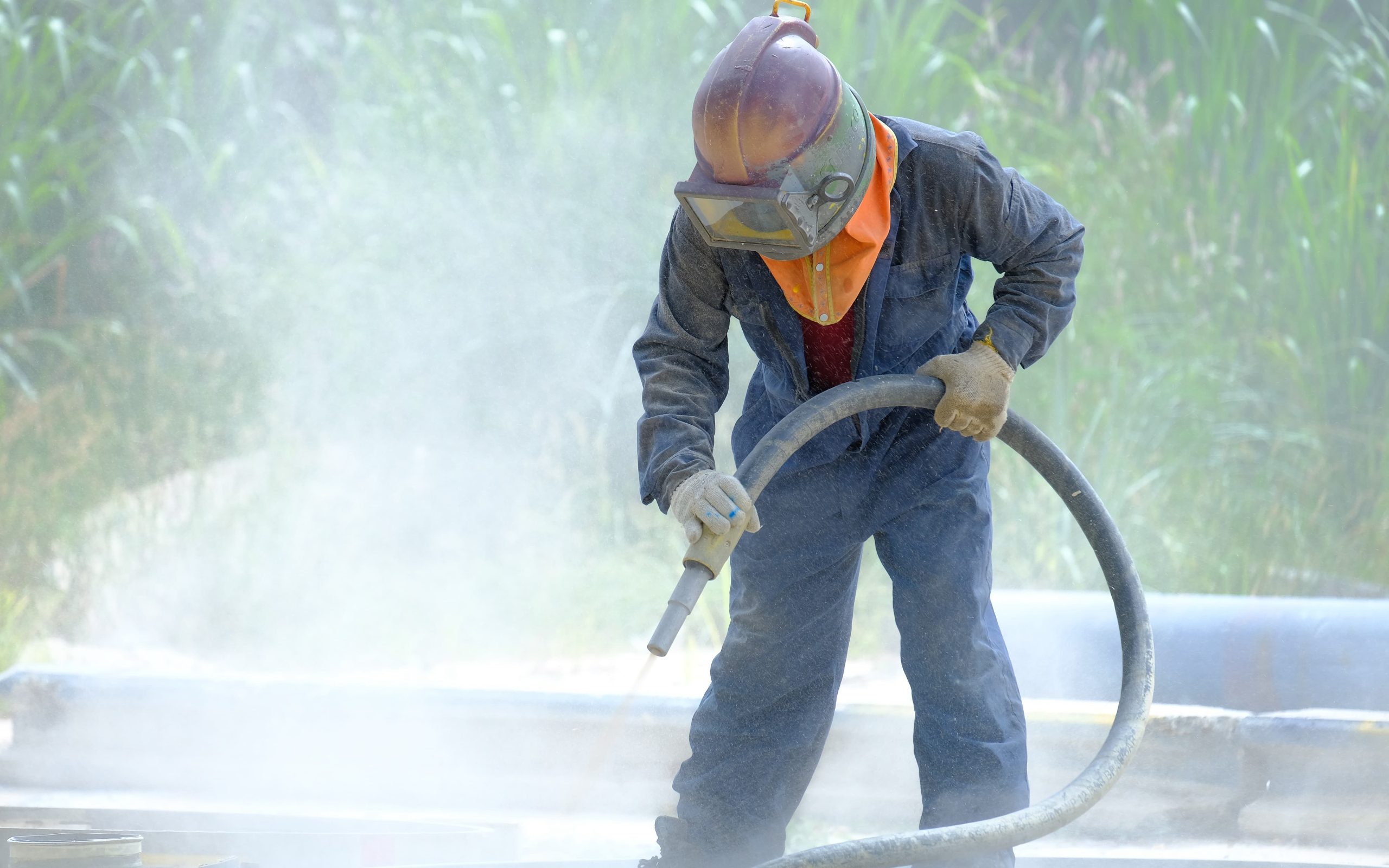
Fully Armed
Self-Protection for Personal Sandblasting Enthusiasts
- Protection Measures for Amateur Users
For personal enthusiasts or small workshops, although sandblasting equipment is small and easy to operate, protection is still crucial. Many personal users often neglect their own protection when carrying out DIY sandblasting projects, thinking that only industrial sandblasting requires complex protection measures. Whether it is industrial sandblasting or personal sandblasting, the dust generated can harm the respiratory tract.
To ensure safety, personal sandblasting enthusiasts should also wear appropriate masks and gloves to avoid direct inhalation of dust generated by sandblasting. At the same time, choosing low-dust sandblasting media, such as plastic particles or ceramic particles, can also reduce health risks. For families or small workshops, using wet sandblasting equipment is also an effective way to reduce dust. - Optional Tools and Materials
There are many sandblasting devices suitable for personal use on the market. These devices are easy to operate and safe. For example, small portable sandblasting machines are integrated with filtration systems, which can effectively absorb dust during sandblasting and reduce air pollution. In addition, choosing environmentally friendly and recyclable sandblasting media such as plastics and walnut shells can also reduce health risks during use.
Is Sandblasting Banned? The Answer is No
- Development of Regulations and Policies
Although the health risks of sandblasting have caused concerns, no country has completely banned the use of sandblasting. On the contrary, regulatory agencies in various countries have established strict standards to ensure that sandblasting operations can be carried out in a safe environment. Companies need to follow relevant health and safety standards, such as wearing protective equipment, using low-dust sandblasting media, and strengthening workshop ventilation and filtration systems.
Especially in countries with highly developed manufacturing industries, sandblasting is still widely used, and its application in surface treatment, cleaning, deburring, strengthening, etc. is irreplaceable. Banning sandblasting means losing an efficient and economical processing method, which is difficult for many companies to accept. Therefore, regulations do not require a ban on sandblasting, but through protective measures and improved technology to make it more in line with the needs of modern production.
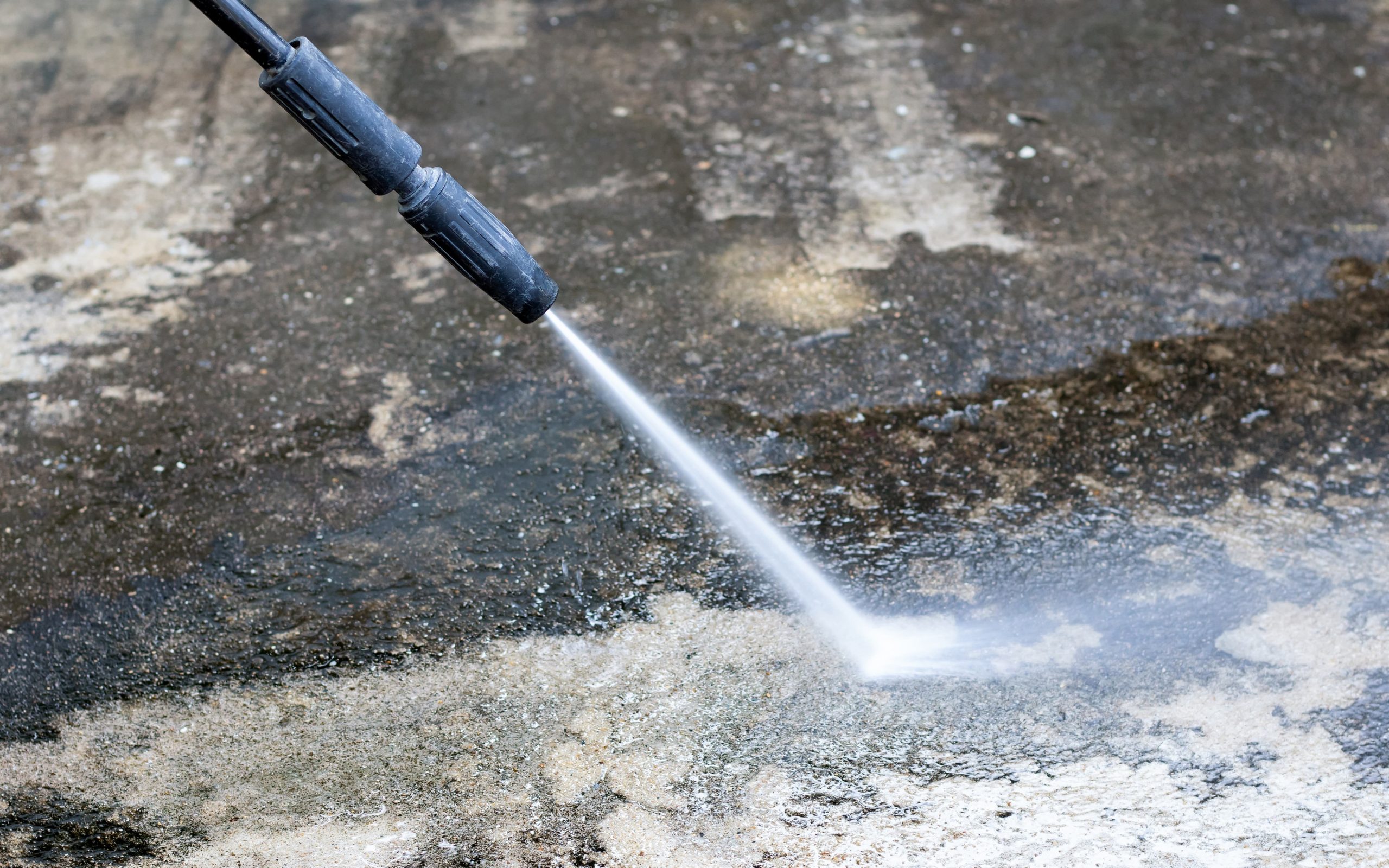
Water jet cleaning
The Future of Sandblasting Process: Safer and More Efficient
- Technological Progress and Environmental Protection Trends
With the enhancement of environmental awareness and technological progress, the sandblasting process is constantly improving and upgrading. In the future, more dust-free sandblasting equipment, wet sandblasting systems, and robotic automated sandblasting equipment will be put into use. These technologies can not only further reduce health risks but also improve the efficiency and precision of the sandblasting process.
In addition, the research and development of environmentally friendly sandblasting materials is also underway. These new materials have the characteristics of recyclability and low pollution, which can reduce the impact on the environment. For example, some new ceramic sandblasting media can not only provide efficient surface treatment effects, but also have a low wear rate, can be reused for a long time, and reduce the generation of waste. - Development of Green Sandblasting Materials
In the future, the research and development of sandblasting materials will pay more attention to environmental protection and sustainability. For example, biodegradable materials such as corn cobs and coconut shells will become new sandblasting media options. These natural materials are not only environmentally friendly but also have good polishing effects, which are suitable for some scenes with relatively mild surface requirements. By continuously optimizing sandblasting materials, the future sandblasting process will be more in line with the requirements of environmental protection and sustainable development.
As an indispensable part of modern manufacturing, the sandblasting process has been controversial due to health risks, but its safety has been greatly improved through technological advances and the improvement of safety protection measures. Whether in large-scale industrial production or in personal hand-made production, the application prospects of sandblasting technology are still broad. As long as appropriate protective measures are taken, the health risks of sandblasting can be effectively controlled. Therefore, the sandblasting process is not only not banned, but is constantly developing and innovating, and will continue to play an important role in various fields in the future.
Filters


